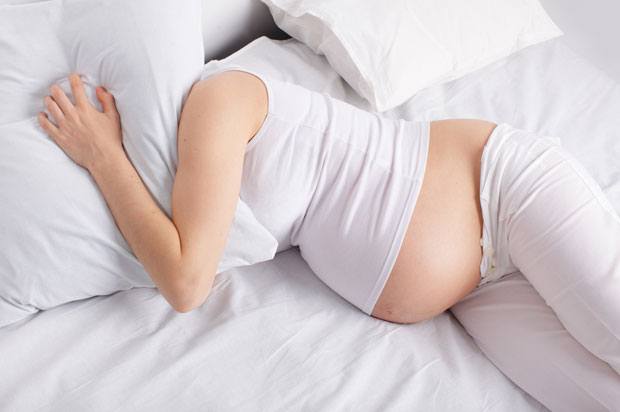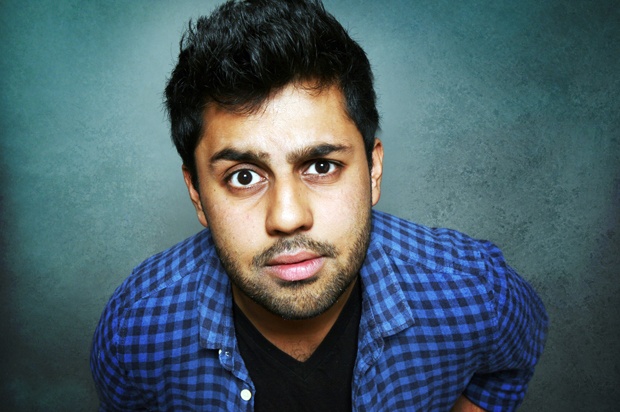Adoption: your feelings
Giving up a child up for adoption isn't easy. Making the decision can be a difficult and emotional process. The Mix outlines some things to consider.

Giving your child up for adoption isn't easy.
The process of adoption has changed a lot from the days of whisked away babies. Today, a formal consent to adoption cannot take place until six weeks after the baby is born. And, if they wish, the mother (and father) can be much more involved in the decisions of where the child will be placed, and how much or how little contact they will have with the child after the adoption. Social services also provide the parents with counselling throughout the whole process.
Making the decision
No one can predict how any person will react to having a baby adopted. You may feel devastated, terrified, relieved, ashamed or guilty for ‘not feeling guilty enough’, angry, upset or all of the above. Reasons for choosing adoption are so varied and may relate to religion or the circumstances of the conception. The parent’s own personal or financial circumstances, mental and physical health and support network (or lack of one) will also be factors in the decision-making. If you do decide to go ahead with the adoption you must not look at it as abandoning your child; making the right decision for you and your baby is a responsible and caring action.
This tough decision need not be made alone. Rose Dagoo, a counsellor with Post Adoption Centre recommends you: “take the time to think things through. You may wish to discuss the idea with close friends and family, and to involve the father, if appropriate, even though the relationship maybe strained.”
Whatever the circumstance, the father will be going through his own emotional journey. While some fathers are automatically entitled to parental responsibility, for others it will be down to the feelings of the mother, which can leave him feeling shut out.
“The mother needs to decide whether she can cope with carrying her baby for nine months and then not knowing where he or she is on a day-to-day basis. Impartial advice from a counsellor will also help to make a decision that’s right for you and your child,” says Rose.
Your GP, local Citizens Advice Bureau, or local branch of the British Association for Adoption and Fostering (BAAF), will be able to help get answers to questions such as:
- Does the baby’s father have a say in the adoption?
- Can I have contact with the child after he or she is adopted?
- Will I be able to help choose the adoptive parents?
- What happens if I want my baby back later?
- Can I have a say in my child’s upbringing?
- Will the baby be able to find me when he or she grows up? How will they feel about being adopted?
- What will I say to people who knew about the pregnancy?
During the process
Deciding to give your baby up for adoption does not make it final. You have up until six weeks after the birth before the process can even begin to be formalised. Adoption is a serious step for a mother to take; some mothers are surprised by how emotionally attached they become to their child during pregnancy, or after the birth. For others the opposite may be true. However, prior to court – whatever your reasons – it is OK to change your mind and, although regulations and laws on this vary throughout the UK, have your baby returned to you, providing you are deemed fit to look after him or her.
After the adoption
It’s natural that you may feel upset, lost and confused after the adoption process finishes. Talk to someone about how you are feeling. Post-adoption counselling is available in most local authorities (Health and Social Care Trusts in Northern Ireland) and in voluntary organisations. Contact your GP or local BAAF branch for details.
“Today the adoption process need not be such a primal cut. It is often made easier – for both parents – if they involve themselves in the plans for their baby and are kept informed of their baby’s progress,” says Rose. “It can keep the child alive for them as they adjust after the pregnancy, and it can also help later in life if the child comes looking for them. If the parents continue to receive news and photos of their child it can bridge that emotional and visual gap between the baby they gave up, and the adult who finds them.”
Thanks to the BAAF and Post Adoption for their help in compiling this article.
Photo of girl with blue by Shutterstock
Next Steps
- Chat about this subject on our Discussion Boards.
- Need help but confused where to go locally? Download our StepFinder iPhone app to find local support services quickly.
By Susie Wild
Updated on 29-Sep-2015
No featured article














